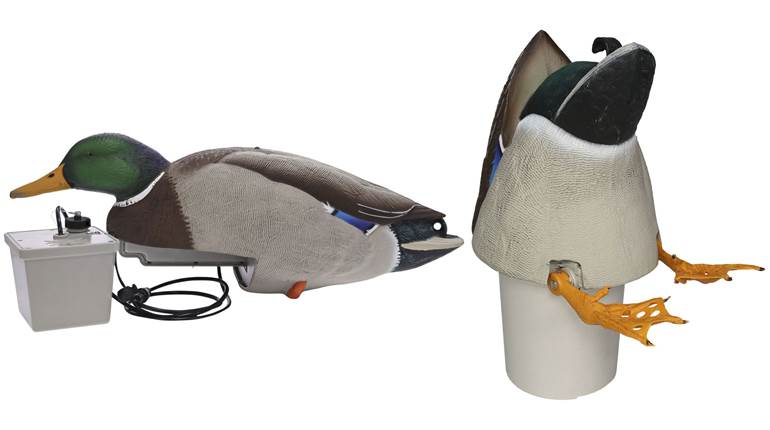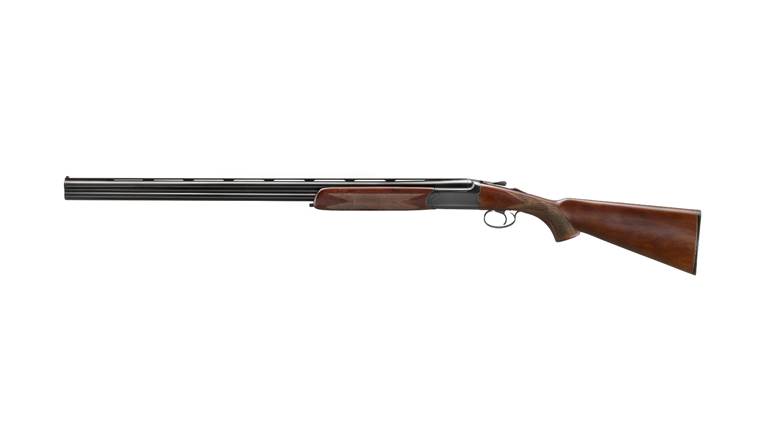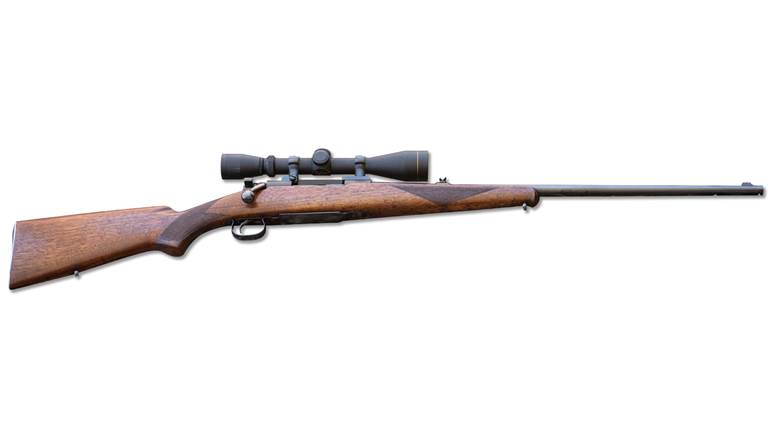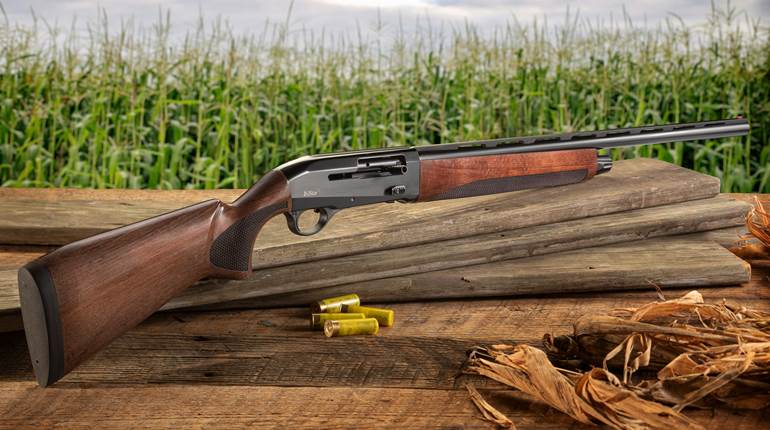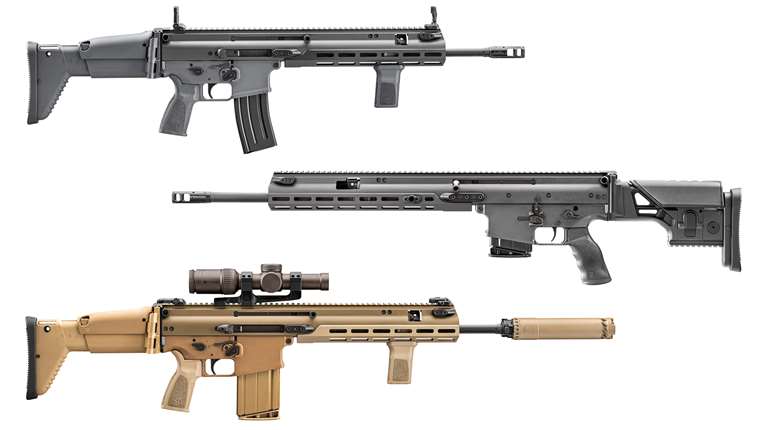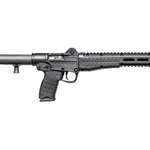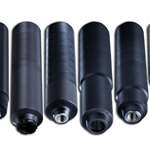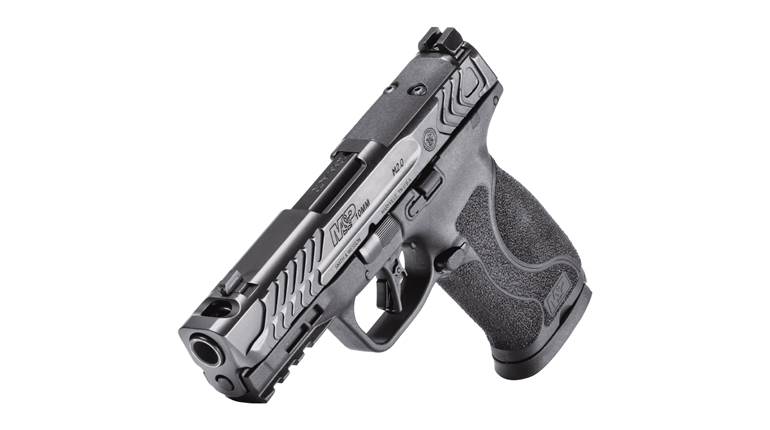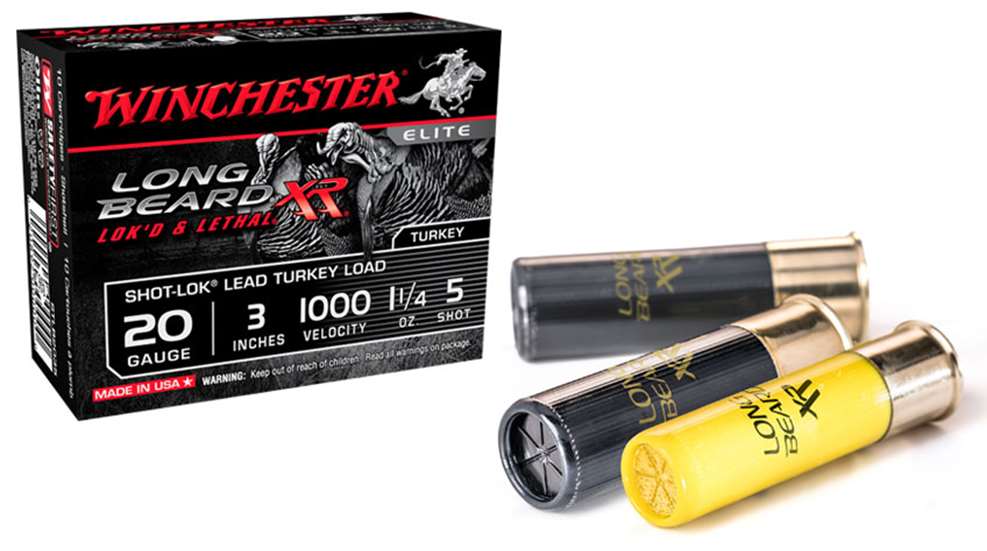
The term “turkey load” has become nearly synonymous with thumping recoil, owing to many hunters’ predilection for erring on the side of overkill when selecting their ammunition of choice for tackling a tom. So it’s understandable that the very notion of a relatively soft-kicking 20-ga. shell, carrying an ostensibly paltry shot load, being sufficient for ethically dropping a turkey at extended ranges is met with suspicion—if not outright derision—by the diehards. I’ll admit to being a bit dubious myself upon first hearing in 2017 that Winchester Ammunition had expanded its Long Beard XR line of turkey loads to include two 20-ga. variants (using either No. 5 or No. 6 shot in a 3" shell), so I sought empirical evidence on the test range in order to confirm the new offerings’ efficacy.
Winchester’s purpose in developing Long Beard XR back in 2014 was to create a supremely effective lead-shot turkey ammunition at a price point far more palatable to consumers than those of the market’s more exotically loaded, high-density options. The company succeeded. Previous testing of one of the line’s original 12-ga. loads (July 2014, p. 40) revealed Long Beard XR to be an impressively lethal performer, even out at distances where conventional lead turkey loads often fall short. And successful reports from the field since its launch abound; I personally know multiple turkey hunters who swear by the product and insist upon using nothing else.
But our original test ammunition (12-ga., 3", 1¾-oz., No. 4) boasted a 1/2-oz. heavier shot charge—translating into 35 additional, larger-diameter pellets traveling 200 f.p.s. faster—than Winchester’s new 20-ga., 3", 1¼-oz., No. 5 load, so I felt like my initial skepticism was justified. That particular SKU was chosen for our testing because the manufacturer is not currently offering a 20-ga. Long Beard XR option loaded with No. 4 shot that would provide an apples-to-apples comparison, and because No. 5 is the line’s best-selling shot size. But before we get into the specifics of the 20-ga. load’s performance on the range, here’s a brief refresher on what makes Long Beard XR special and why it works so well.
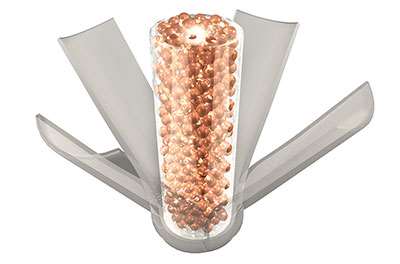
The goal of Long Beard XR is to minimize pellet deformation, creating consistent, tight and more lethal patterns at all distances, and Winchester did not alter the design at all in expanding into 20-ga. production. The load’s main mechanism for achieving this result is its Shot-Lok technology, a liquid resin that fills in all the air pockets between the payload’s pellets (preventing movement) before hardening into a single, solid unit. Upon setback, when the powder charge is ignited, the brittle-but-firm resin fragments into a fine powder and creates a “micro buffer” that prevents the pellets from battering each other and changing shape as they travel down and exit the barrel.
A projectile’s shape affects how quickly it will decelerate—deformed pellets are subject to higher drag forces than round pellets, causing them to separate prematurely from the core of the pattern. By ensuring that more of Long Beard XR’s shot is still round when it leaves the shotgun, Shot-Lok provides both more evenly distributed patterns and pellets that retain more velocity (and thus energy) for deeper penetration on the target.
Finding just the right recipe for Shot-Lok required a lot of experimentation on Winchester’s part. Most resins are impact-resistant and have a tendency to bond to metals—neither of which is a desirable characteristic in a shot buffer that must fully fracture upon ignition without clinging to the shot (thereby altering its shape and effectively rendering it deformed). Although first developed for use in Long Beard XR, Winchester has since migrated the Shot-Lok resin to other of the company’s shotshell applications, including its Rooster XR pheasant and Varmint X predator loads.
Long Beard XR’s shot is formed by dropping molten lead in a shot tower that allows the old-world technology of gravity to render it in a spherical shape by the time it reaches the bottom. It is subsequently copper-plated to provide a slick surface that facilitates easier release of the resin fragments. Copper-plated shot also offers increased hardness relative to standard lead, while still being safe for your barrel, yet is less expensive than nickel-plated lead and much less expensive than using either bismuth or tungsten shot.
Winchester uses the same wad in Long Beard XR as it does with the manufacturer’s standard lead-shot turkey loads. A traditional design with a separate gas seal, the wad features a four-petal shotcup that peels away mid-flight to release from the payload. The line’s shell heads are made of brass-plated steel. Although it appears to utilize a fold crimp, the load actually makes use of an overshot card and a roll crimp to provide effective closure of the shell. Shot-Lok requires an hour to firm up and 16 hours to fully cure, and Winchester chose this method because it allows for the cartridges to be packaged while still curing without risk of resin leakage.
A turkey load’s lethality at a given range is dependent upon two variables: a tight and uniform pattern that places multiple pellets within the target bird’s skull and spine, and sufficient penetration to destroy those structures upon contact. Regarding the former, Winchester recommends a minimum of four pellet strikes to the turkey’s skull/vertebrae for an ethical harvest. Concerning the latter, during load-development testing the company looks for at least 2" penetration in 10-percent ordnance gelatin for rapid incapacitation and expiration of a tom. In my experience, both of these values are adequate for the task at hand, so they were the benchmarks I sought while conducting my own testing of Long Beard XR’s 20-ga., 3", 1¼-oz., No. 5 load, which, on average, contains 200 pellets traveling at 1,000 feet per second (the No. 6 load averages 265 pellets at the same speed).
The test gun was a Winchester Super X3 Long Beard – Mossy Oak Break-Up Country, with a 24" barrel and an extended Invector-Plus extra-full turkey (0.560") choke tube, topped with a Bushnell First Strike red-dot optic. Recoil, while still stout—probably on par with a 20-ga. slug—was nothing like the head-rattling kick of a 12-ga. magnum turkey load.
American Rifleman’s standard shotgun testing procedure involves firing 10 patterns into butcher paper and reporting the composition of their averages by counting the pellets that land within 21" and 30" rings of the patterns’ center. Given the turkey-specific application of Long Beard XR, I elected to affix a Birchwood Casey (birchwoodcasey.com) Pregame Turkey target to the butcher paper prior to firing the test patterns. Not only does the Pregame Turkey offer a visual representation of a turkey’s target areas for more effective practice, but it also provides additional 5" and 10" rings surrounding the middle of the target, and pellet strikes to the bird’s vital regions splatter a bright orange color.
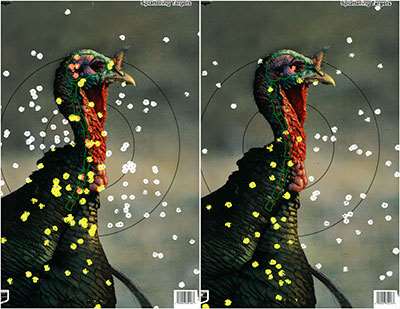
At 50 yds., the 12-ga. Long Beard XR load had previously managed to place 82 pellets within the 10" circle, a truly devastating pattern for that distance. Fired from the same range, Winchester’s No. 5 20-ga. variant deposited an impressive average of 43 pellets (21.5 percent of the total payload) within the same 10" ring. While the 20-ga. load naturally produced a more diffused pattern than did its bigger, older brother, the gobbler on the receiving end won’t be able to tell the difference. To put this performance into perspective, a competitor’s 12-ga. turkey load managed only 23 hits to the 10" ring—that’s right, at 50 yds., Long Beard XR 20-ga. outperformed a popular 12-ga. turkey ammunition sold on the market today by a decent margin.
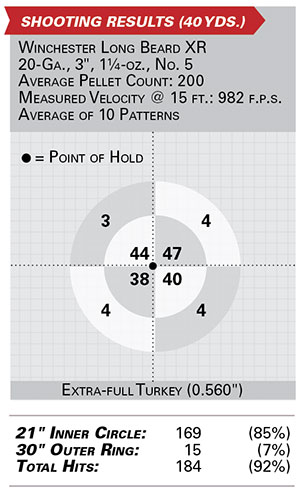 Of the 10 test targets shot using the 20-ga. shells at 50 yds., eight achieved the minimum of four critical wounds necessary for a humane kill, half contained five or more vital strikes and all 10 exhibited at least three. Patterns at 50 yds. averaged 26" across, with nearly two-thirds of the payload (64 percent) remaining within the target’s 21" inner ring. As the nearby tables indicate, the lower-left quadrant of the patterns produced by our test shotgun were consistently slightly less densely populated than the other three segments.
Of the 10 test targets shot using the 20-ga. shells at 50 yds., eight achieved the minimum of four critical wounds necessary for a humane kill, half contained five or more vital strikes and all 10 exhibited at least three. Patterns at 50 yds. averaged 26" across, with nearly two-thirds of the payload (64 percent) remaining within the target’s 21" inner ring. As the nearby tables indicate, the lower-left quadrant of the patterns produced by our test shotgun were consistently slightly less densely populated than the other three segments.
Results at 40 yds.—a much more typical turkey-hunting range—were even more dramatic. An average of 169 pellets (85 percent of the total) remained within the 21" ring, while 73 (37 percent) were concentrated within the 10" center. All 10 targets met Winchester’s four-wound terminal threshold, with an average of 6.6 vital hits.
Next I sought to determine whether the load could likewise meet the 2" penetration parameter, so two shells (one at 40 yds. and one at 50 yds.) were fired into a block of 10-percent ordnance gelatin. At the shorter distance, the ejecta burrowed between 3" and 4" into the block. At 50 yds., the pellets deposited themselves between 2¾" and 3½" into the gel before coming to a rest—more than far enough to ruin a gobbler’s morning.
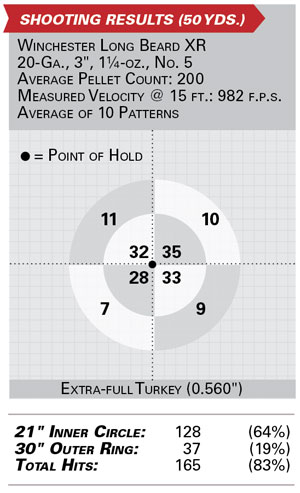 Of course, 50 yds. is a long poke for a turkey hunt, and the purpose of testing at this range should not be misconstrued as encouragement for hunters to push the limits distance-wise while out in the field. Taking a longer than necessary shot at an animal is inhumane, idiotic and unsporting. Rather, the point of our evaluation was to determine—in as close to a direct comparison as was possible—just how much of the Long Beard XR line’s potency the new 20-ga. SKUs had inherited. Our results conclude that the answer to that question is: more than enough.
Of course, 50 yds. is a long poke for a turkey hunt, and the purpose of testing at this range should not be misconstrued as encouragement for hunters to push the limits distance-wise while out in the field. Taking a longer than necessary shot at an animal is inhumane, idiotic and unsporting. Rather, the point of our evaluation was to determine—in as close to a direct comparison as was possible—just how much of the Long Beard XR line’s potency the new 20-ga. SKUs had inherited. Our results conclude that the answer to that question is: more than enough.
Some will still swear that taking anything less than a 3½", 12-ga. load into the field when pursuing a turkey is a recipe for disaster, and that is their prerogative; for those who feel this way, Long Beard XR continues to be available in numerous thumping magnum versions that will get the job done and then some. But for those who value efficiency over brute strength, the line’s new 20-ga. offerings, through an appropriately constricted choke tube, have proven their mettle as turkey killers at any responsible range. And with 10-count boxes available for sale for roughly $20—as opposed to the $5-per-shell price tag associated with the high-density competition—it’s an option that is as easy on the pocketbook as it is on the shoulder. For more information, go to winchester.com.












